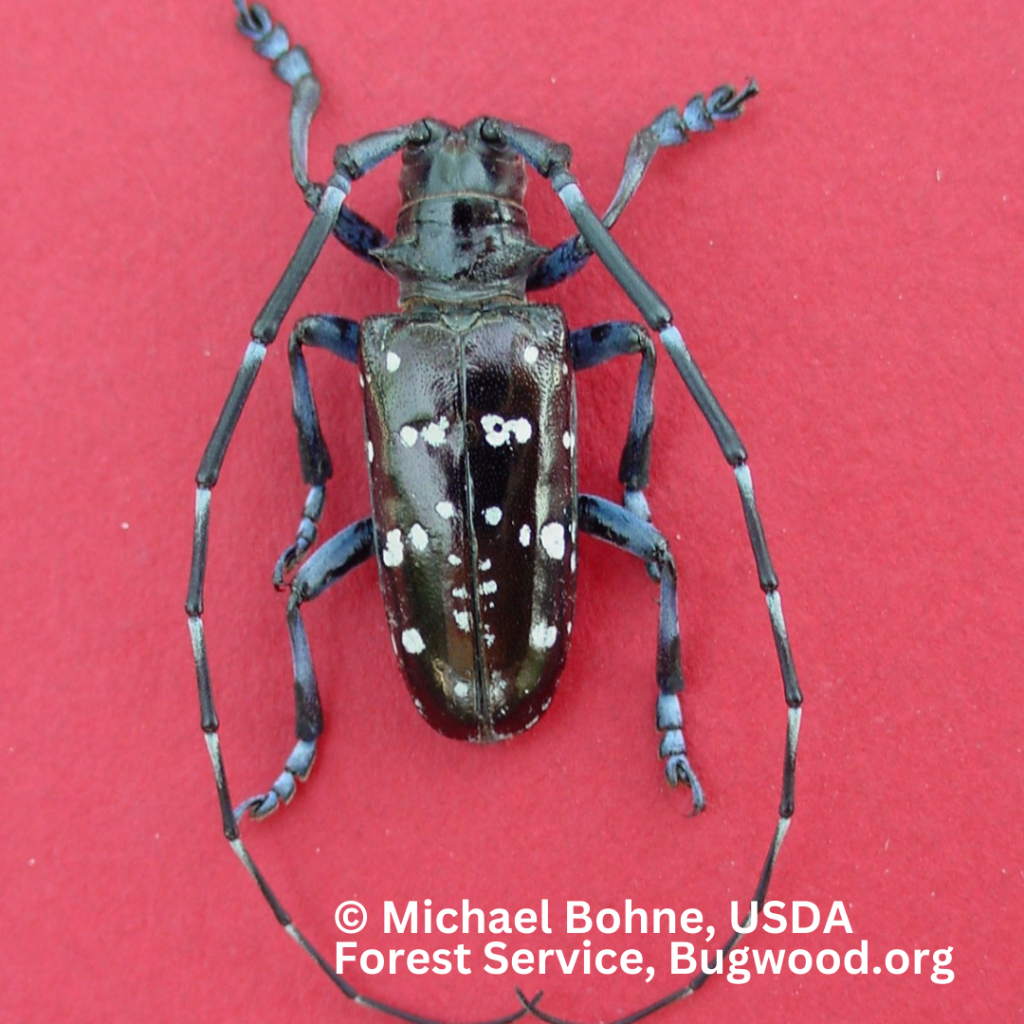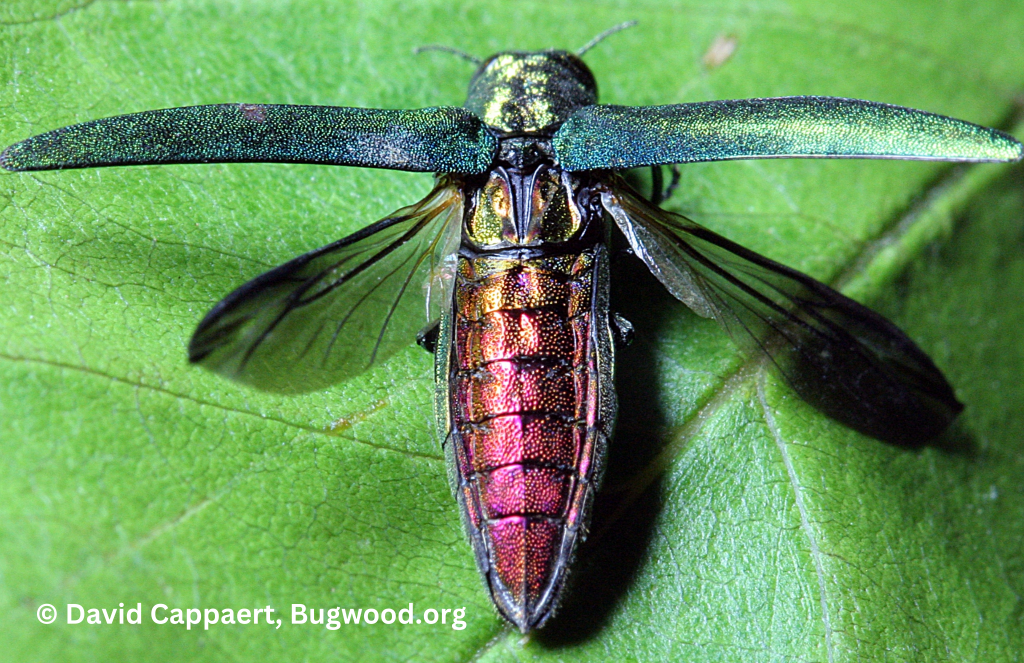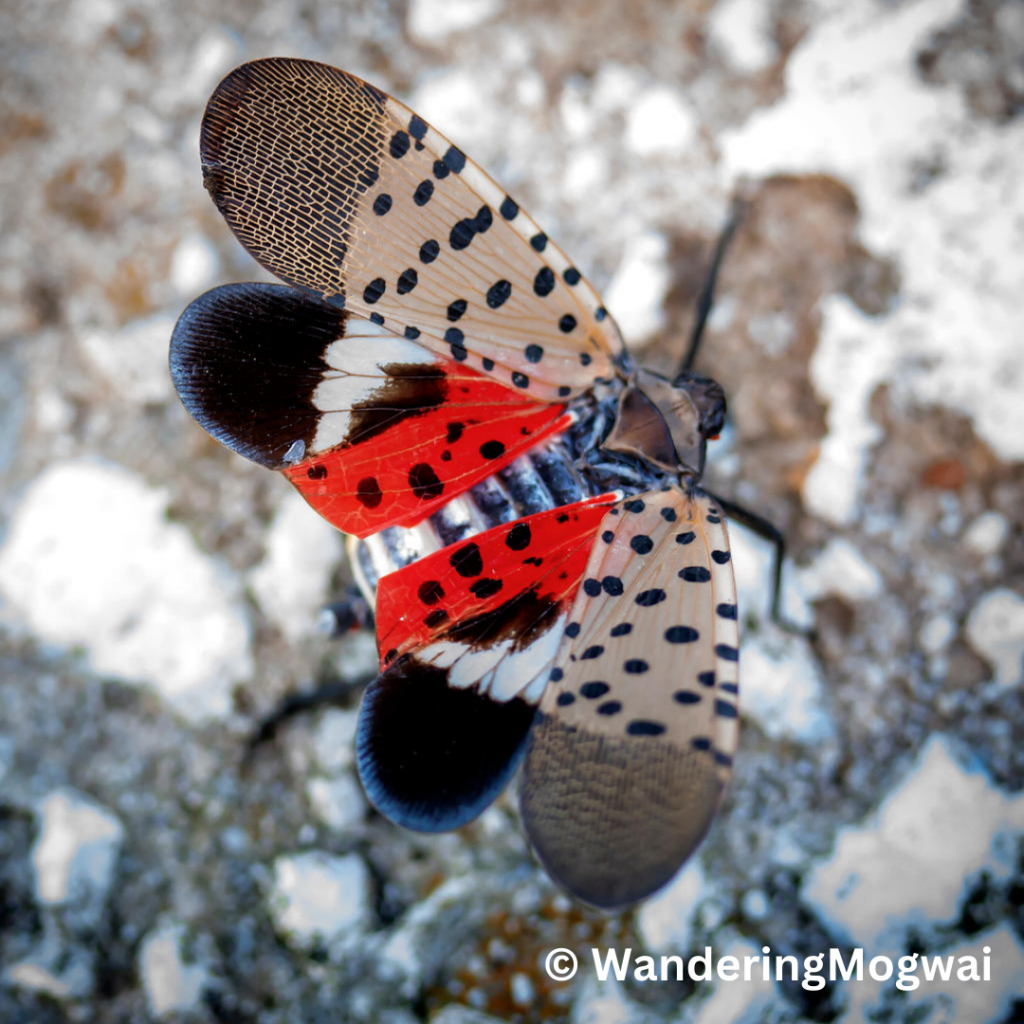OLYMPIA – Several state agencies are asking the public to take ten minutes this month to check trees in their communities for signs of invasive insects.
The Washington Invasive Species Council, Washington State Department of Natural Resources Urban and Community Forestry Program, Washington State Department of Agriculture and Washington State University Extension come together each August to ask the public to help them spot invasive wood-boring insects and the damage they cause in trees. Late summer is often the peak time for these invasive insects to emerge from trees in their adult stage.
In addition to appearing in trees, invasive insects also show up in lights and standing water (such as dog bowls, birdbaths, etc.). Pool filters may also act as traps for invasive insects.
“Researchers and scientists are monitoring for invasive species statewide, but we need the public’s help,” said Stephanie Helms, executive coordinator of the Washington Invasive Species Council. “Public awareness of emerging invasive pest issues can greatly reduce the risk of spread, as human travel plays a major role in the movement of unwanted insects.”
At least seventy new insect species have been detected in Washington since 1990, according to a state study. The public found 36 percent of the new insects first, highlighting the importance of an educated and aware public.
“While you are outside enjoying the summer, take ten minutes to search your yards and neighborhood trees,” Zeima Kassahun of the Washington Department of Natural Resources suggests. “If you see or suspect you see an invasive insect, report your findings, including a picture, to the Washington Invasives mobile app or on the Washington Invasive Species Council website, which routes the report to organizations that can help.”
Initial indications of invasive insect damage to trees include sudden dieback or death among trees that are otherwise vigorous and healthy. If residents see this, they should investigate further and look for sawdust, exit holes or adult beetles.
Invasive Pests of Particular Interest

Invasive Longhorned Beetles: The larvae of this group of large beetles feeds on and in the wood of a tree. When the beetle becomes an adult, it emerges through holes that weaken the tree further. These beetles are extremely destructive to hardwood trees. While it is not known to be established in Washington today, it has been found and swiftly stopped multiple times in the past, saving potentially millions of dollars in damages along with countless trees. Invasive longhorn beetles can easily be mistaken for native lookalikes, such as the banded alder borer and spotted pine sawyer, which are beneficial to Washington’s forests.

Emerald Ash Borer: This small, wood-boring beetle attacks and kills ash trees. The larvae burrow under the tree’s bark and eat the sapwood. Once damaged, the sapwood can’t transport water and nutrients, causing the tree to die gradually. While not yet known to be in Washington, it was detected outside Portland, Oregon in 2022 and most recently in Vancouver, British Columbia in 2024.

Spotted Lanternfly: This piercing, sucking insect feeds on sap from a variety of trees including apples, cherries, grapes, plums, walnut and also hops. While not yet found in Washington, the lanternfly has been intercepted in California as a hitchhiker on goods coming from the eastern United States where it is established.
How To Participate
- Search trees, outdoor light fixtures, outdoor equipment, and standing water for signs of invasive insects.
- Report sightings
- If a suspected invasive insect is found alive, take a photograph and submit a report with details to the Washington Invasive Species Council either through the mobile app or website.
- If a suspected invasive insect is found dead in lamps, pools, etc., please take the following steps:
- Collect and place the insect onto something with a white background (such as a paper plate, piece of paper, or paper towel).
- Photograph the insect from multiple angles (top, side, etc.), making sure your photo is in focus.
- Place the insect into a zip-top bag or sealable container for safe storage. Entomologists may ask you to mail the specimen to a lab for identification.
- Report sighting to the Washington Invasive Species Council mobile app or website.
- Repeat as often as you find a suspicious insect!
If getting up close and personal to insects isn’t your thing, you still can participate in August Tree Check Month by taking these simple actions to prevent the spread of unwanted pests:
- Don’t move firewood. Buy firewood where you’ll burn it or gather it on site when permitted. If you move firewood, you also might be moving invasive insects hiding there.
- Don’t move a pest. When traveling locally or moving to a new area, check your bags, outdoor gear and boxes to make sure they are insect free. Invasive insects, which can be in any life stage from egg to adult, can tag along easily in bags, equipment, and boxes, as well as on items that have been stored outside or in your garage.
“Alert residents can help spot infestations when they are easy to handle,” said Helms. “All it takes is ten minutes to check your trees this August, and you could save the state hundreds of thousands, if not millions, in potential invasive species management costs. And yours could be the report that saves your neighborhood’s trees.”